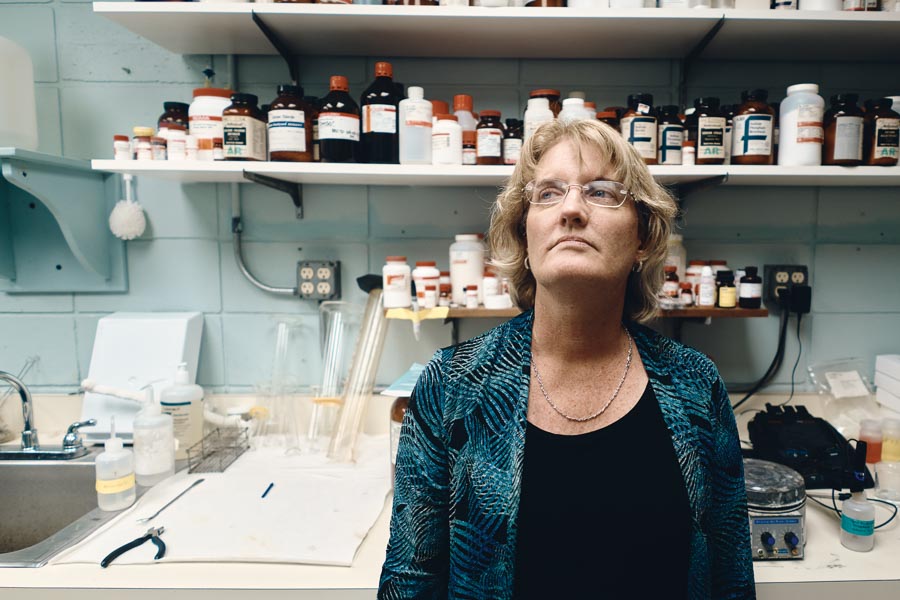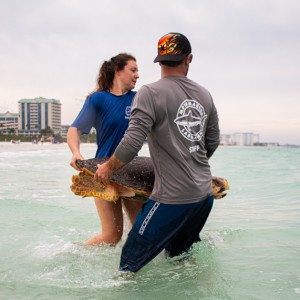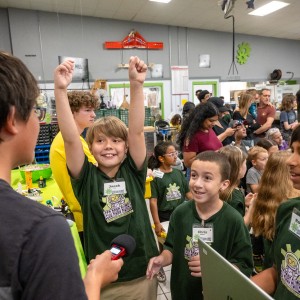With an estimated 100 manatees fallen prey to lingering toxic algae, a collaboration between Florida International University researchers and Mote Marine Laboratory scientists plans to change those numbers and keep manatees from plummeting back onto the formidable endangered list. Cultivating a habitat for humanatee, FIU chemist Kathleen Rein and Mote’s immunology expert Cathy Walsh lead the current three-year project, funded by the National Oceanic & Atmospheric Administration’s ECOHAB program, to develop new ways to treat sea cows exposed to the abiding bloom outbreak. Its purpose, to improve the veterinary care for rescued manatees by studying how the cells in their immune system respond to certain antioxidants. In turn, Rein and Walsh hope to discover more efficient treatment for manatees to fight off the toxins that compromise their immune systems—causing a harmful phenomenon known as “oxidative stress”—leaving your favorite seafaring Floridian prone to fatal illness. “We’re identifying what compounds are the most promising in minimizing oxidative stress levels, so they can be tested in a veterinary setting with these animals in the future,” Walsh explains. Currently, this approach could lead to a simple form of palliative care to give the herbivorous marine mammals when they call in for a sick day from chowing on tainted vegetation or inhaling contaminated air. The prospective antidote aims to build up their immunity and accelerate the healing process of clearing toxins that seek to take over. “If this treatment is successful,” notes Rein, “it could also be used with many other animals, including dolphins, turtles and birds.”

PHOTO BY WYATT KOSTYGAN. IN THE MOTE MARINE LABORATORY, DR. CATHY WALSH SEARCHES FOR A WAY TO TREAT FLORIDA MANATEES AFFECTED BY HARMFUL ALGAL BLOOMS.









